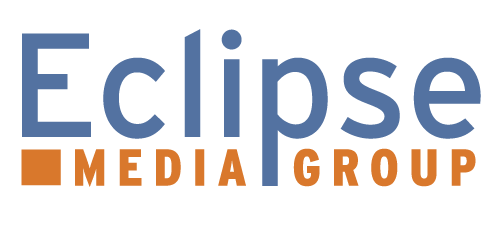3 Things to Know Before Posting to LinkedIn Stories
Posted on October 20, 2020 by Rachel Peck

By Rachel Peck
LinkedIn has become the newest social media platform to jump on the “stories” train. While users may be tempted to start uploading snapshots showcasing their brand or business, evaluating what content is appropriate for LinkedIn stories is a must. While we’re still testing out the format, and anticipate learning new capabilities as the feature develops, here are three things to know before posting to LinkedIn Stories.
- It’s not like Instagram Stories
…So don’t treat it as such. When thinking of the type of content you post on an Instagram account (if you have one), it’s likely more informal than your posts to Twitter or LinkedIn. While the basic format of LinkedIn Stories is similar to Instagram – a visual piece of content only visible for 24 hours – that’s where most of the similarities end. It’s important when creating your content for LinkedIn Stories that you tailor it for your audience, which should primarily be professionals. Additionally, anyone can view your personal LinkedIn Stories – whether they follow you or not. You might not want your boss, or clients, seeing everything you post on Instagram Stories, so make sure your content on LinkedIn reflects that.
Tip: Your story content doesn’t have to be all formal and official, but treat it as a way to start a larger conversion with your audience. Host a Q&A to kick-off your first official story, or offer daily “Did you know” insights into your company. Make your content as engaging as possible.
- Can’t filter this (and other things you can’t do)
Another area in which this story feature must be treated differently from any other format is that it doesn’t allow for filtering of photos. This is great to keep in mind when posting “behind-the-scenes” photos, or any individual closeups, as you’ll be unable to filter out any unwanted elements out of your photos. Additionally, you’re unable to include a clickable link in your story, so remember to directly call out where your audience can find your content. Always include a call-to-action.
Tip: What you can do is mention (or tag) other LinkedIn users in your content. This is a great way to show your collaboration with other brands, businesses or individuals. It’s also a great way to encourage employee advocacy, by encouraging them to share team-related content.
- You can only access from mobile
This isn’t a surprise, as only recently Instagram made its stories visible on a desktop format, but this could be a drawback for LinkedIn considering only 57 percent of their users are mobile. While that’s still more than half of users, it still leaves a large chunk of your LinkedIn audience totally in the dark when it comes to viewing your brand’s stories. This high usage of desktop versus mobile isn’t a surprise, as LinkedIn’s demographics tend to be older than those of other social media channels. It is, after all, a professional networking medium.
Tip: Use your LinkedIn stories as another way to get users engaged while they’re on their mobile devices. Make it easy for them to respond to questions, so offer your direct message as a way to quickly reach out. Treat your LinkedIn Stories as a supplement to your posted content, but not the main event.
LinkedIn Stories are available for both business accounts as well as personal. With that in mind, remember that while your posts only last for 24 hours, they can be shared and viewed by anyone – so make sure you’re approaching your content strategy with care. Use it as a way to make yourself, and/or your business more approachable and transparent, but don’t get too carried away with the casual format and run the risk of oversharing both personally and professionally.
Looking for PR and marketing tips? Read more on our blog.
Category: B2B, Blog, Social Media Tags: LinkedIn, PR Tips, social media, social media marketing
Copyright © 2024 · All Rights Reserved · Eclipse Media Group
Business Theme v3 by Organic Themes · WordPress Hosting · RSS Feed · Log in
